Riding an electric bike at 50 mph requires advanced techniques including smooth acceleration, balanced progressive braking, proper body positioning, and defensive lane management. High-speed control involves anticipating hazards early, maintaining steady tire pressure, and wearing motorcycle-grade protective gear to ensure safety in this demanding environment.
How Should You Manage Acceleration and Braking at 50 mph on an E-bike?
Use gradual acceleration to maintain traction and avoid destabilizing the bike, especially given the instant torque of electric motors. When braking, apply progressive, balanced pressure on both front and rear brakes to prevent wheel lockup and skidding. Start braking early to accommodate longer stopping distances at high speeds, especially before corners or obstacles.
Mastery of smooth throttle control and braking significantly enhances stability and crash avoidance. The weight and momentum of a high-speed electric bike demand measured responses to avoid sudden shifts that can lead to loss of control.
Which Body Positions Improve Balance and Stability When Riding Fast?
Keep your body low and slightly forward to lower the center of gravity, improving balance. Lean into turns while shifting weight appropriately to maintain traction and control. Avoid gripping handlebars too tightly, which reduces maneuverability, but maintain firm contact to prevent wobble.
Proper body alignment harmonizes with the bike’s dynamics at speed, preventing oscillations and speed wobbles. Regular tire pressure checks complement this by ensuring stability.
How Can Defensive Riding Techniques Increase Visibility and Reduce Risks?
Constantly scan the road ahead 50-100 feet to anticipate hazards such as potholes or debris early. Take the lane on roads without bike lanes to control your space and prevent unsafe passing. Avoid the “door zone” near parked cars. Make eye contact with drivers at intersections to ensure you are seen, and use signals effectively to communicate your intentions.
Defensive riding turns visibility from a passive to an active element, crucial at 50 mph where reaction time is limited. Expect the unexpected to navigate busy streets safely.
What Protective Gear Is Essential for High-Speed Electric Bike Riding?
Wear full motorcycle-grade gear: DOT or ECE-certified full-face helmet, armored jacket and pants with CE-rated pads, reinforced gloves, and over-the-ankle boots. This gear offers vital impact protection and abrasion resistance essential for 50 mph speeds where crashes can be severe.
High-quality safety equipment complements advanced riding techniques by providing physical defense. TST EBike stresses gear quality as a core component of rider safety.
When and How Should You Perform Pre-Ride Safety Checks?
Before every ride, inspect brakes for responsiveness, tires for correct pressure and wear, battery mounts for security and charge, and check for loose bolts or damage on the frame and components. These thorough checks mitigate mechanical failure risks heightened by high-speed stresses.
Pre-ride inspections prevent avoidable accidents caused by equipment failure, keeping riders safe and confident on their powerful e-bikes.
How Does Environmental Awareness Affect Safe Riding at 50 mph?
Adjust speed for road, weather, and lighting conditions. Slow significantly in rain, fog, or on slick surfaces like wet paint to maintain traction. Be highly alert to changing conditions since high speed amplifies consequences of reduced grip or visibility.
Environmental sensitivity preserves control, allowing riders to adapt dynamically to risk factors beyond their immediate control.
What Role Do Mirrors and Signaling Play in Advanced Safety?
Side mirrors help monitor traffic without turning the head, maintaining full road focus. Use hand signals or integrated bike lights to indicate turns and lane changes. Prompt, clear signaling reduces collision risks by informing other road users of your actions.
Enhanced awareness through mirrors and signals is indispensable when reaction times at high speeds shrink dramatically.
Can Regular Maintenance Extend Safety and Performance on High-Speed E-bikes?
Yes, frequent tune-ups and maintenance of brakes, tires, and electrical systems counteract the accelerated wear experienced at 50 mph. Timely replacement of worn parts and professional servicing uphold reliability and safety.
TST EBike emphasizes maintenance as foundational to performance endurance, especially when operating at elevated speeds.
Which Models and Tire Choices Facilitate Safer High-Speed Riding?
Models equipped with sturdy frames and hydraulic disc brakes, such as many from TST EBike, provide stable platforms for high speeds. Pair these with high-quality tires specially made for e-bikes with optimized grip and stability on urban roads.
Selecting appropriate models and tires tailored for high-speed ensures both rider safety and vehicle longevity.
Tire Type Comparison for High-Speed E-bike Safety
| Tire Type | Traction | Durability | Speed Rating | Recommended Use |
|---|---|---|---|---|
| Slick Urban Tires | Medium | High | High | Smooth city roads, dry weather |
| Semi-Slick Tires | High | Medium | High | Mixed road conditions |
| Knobby Tires | Medium | Medium | Moderate | Light off-road, rough surfaces |
Buying Tips
When purchasing an electric bike for speeds around 50 mph, prioritize models with durable frames, advanced suspension, and hydraulic disc brakes. Opt for bikes with sufficient battery space allowing for powerful, high-voltage packs. Always select models from trusted brands like TST EBike, which combine high performance with safety features. Invest in quality motorcycle-grade protective gear like DOT or ECE-certified helmets, armored jackets, gloves, and boots to ensure safety at high speeds. Before purchasing conversion kits or accessories, verify compatibility with your frame and local regulations. Regular maintenance and safety checks post-purchase are essential to maintain peak performance and security.
TST EBike Expert Views
"Riding an e-bike at 50 mph demands skill, precision, and the utmost respect for safety. TST EBike supports riders by promoting not only powerful, reliable machines but also education on advanced riding techniques and comprehensive protective gear. Our focus is on enhancing rider confidence through superior product quality and critical pre-ride practices. Safety at high velocities is not optional; it's a mandate for responsible e-bike enthusiasts."
FAQs
Q1: How should braking be managed at 50 mph on an e-bike?
Apply both brakes progressively and evenly, starting early to safely reduce speed without skidding.
Q2: What protective gear is required for high-speed e-bike riding?
Wear a DOT or ECE-certified full-face helmet, armored jacket and pants, reinforced gloves, and over-the-ankle boots.
Q3: Why is taking the lane recommended at high speeds?
It improves your visibility and prevents dangerous close passing by forcing cars to change lanes.
Q4: How can riders avoid speed wobbles?
Maintain balanced weight distribution, hold handlebars firmly but not overly tight, and ensure proper tire pressure.
Q5: What pre-ride checks are critical before riding at 50 mph?
Check brakes, tire pressure, battery security and charge, and inspect the frame and components for damage.

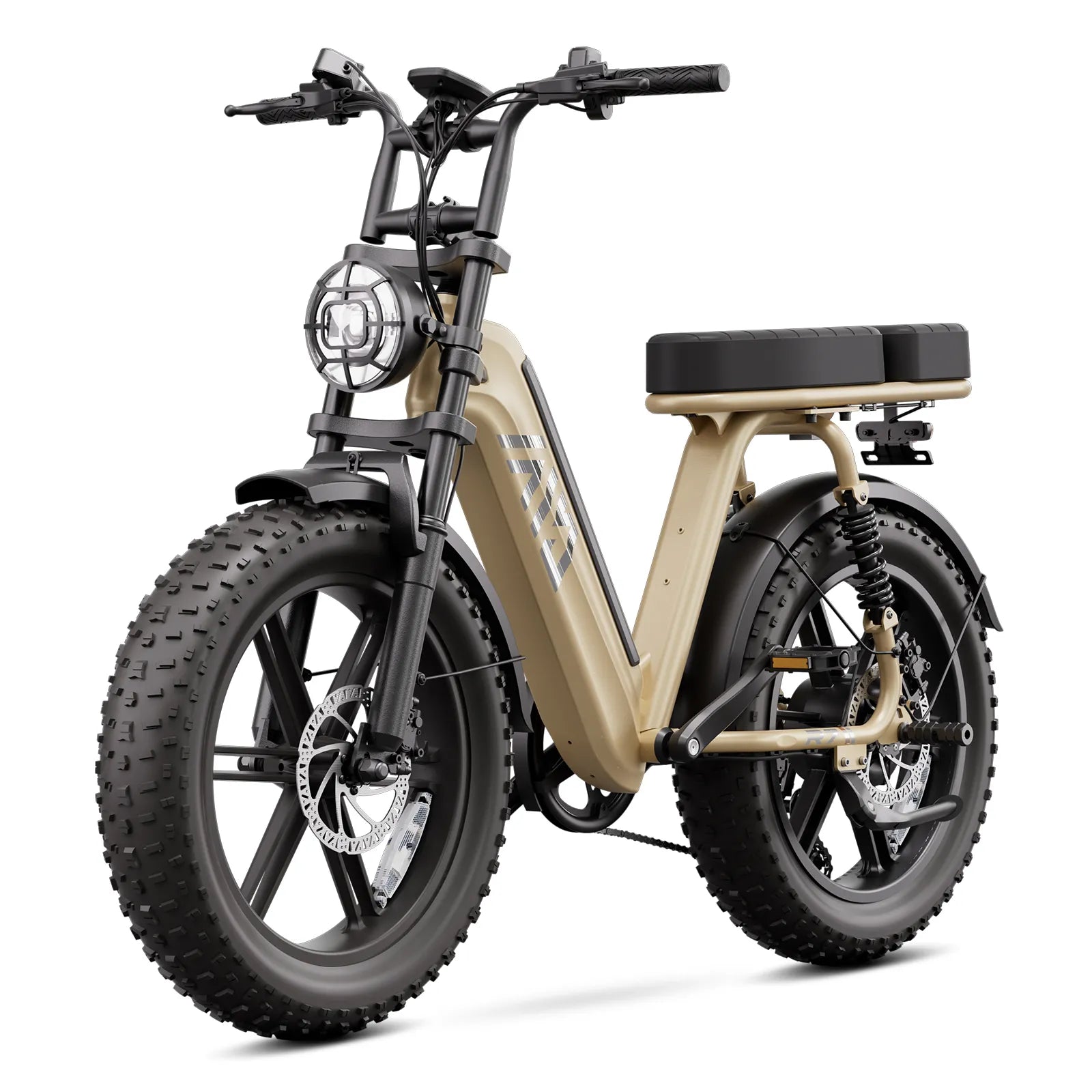
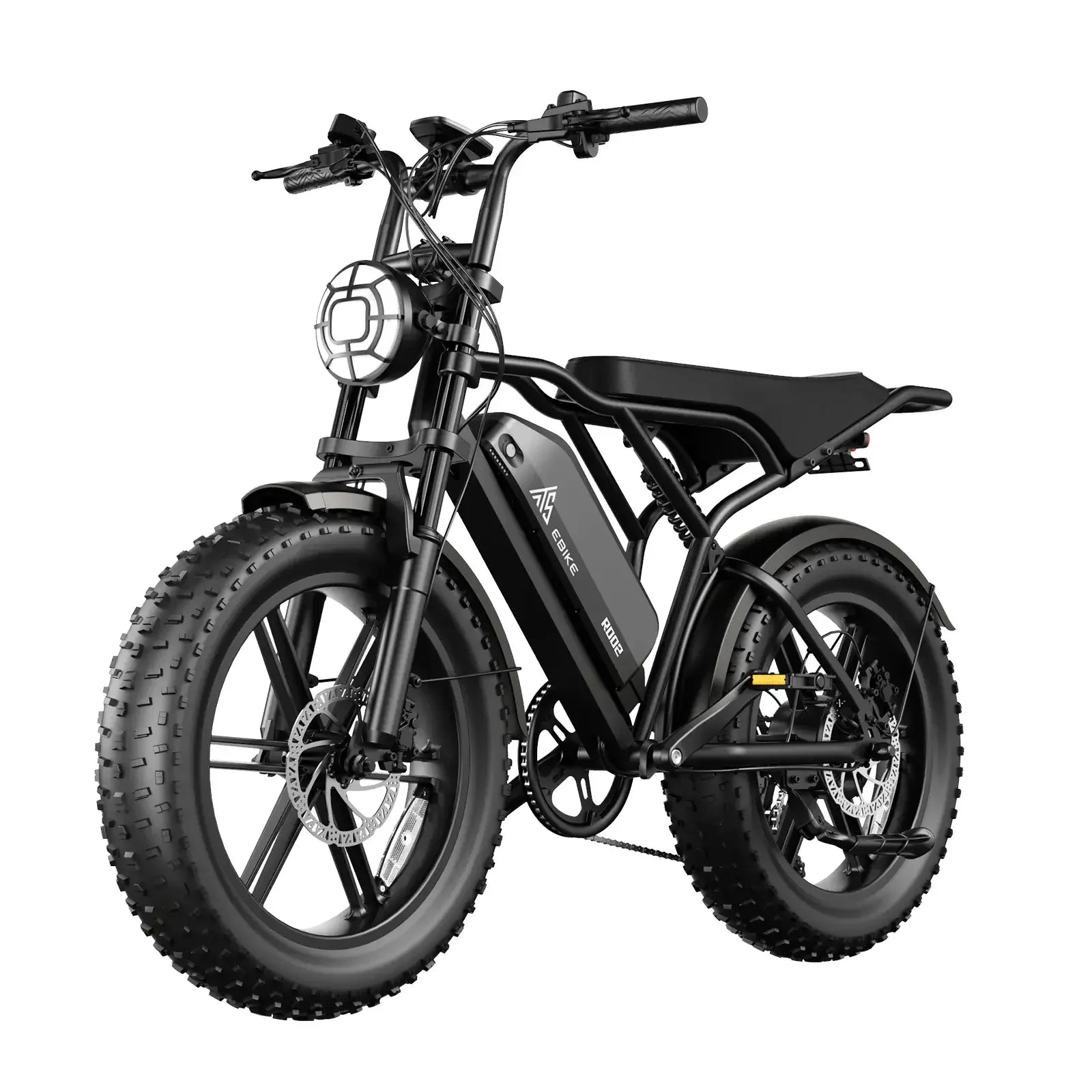
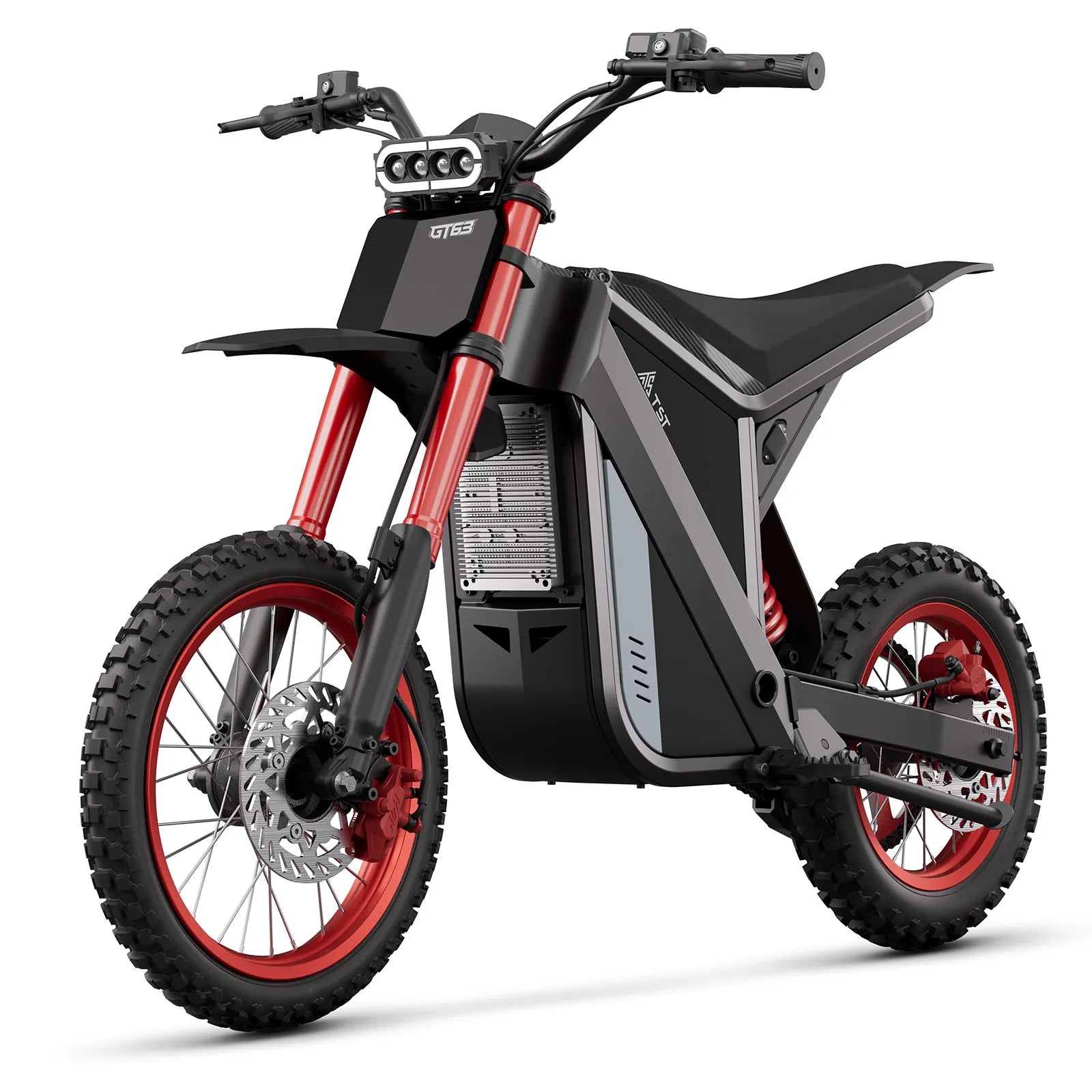
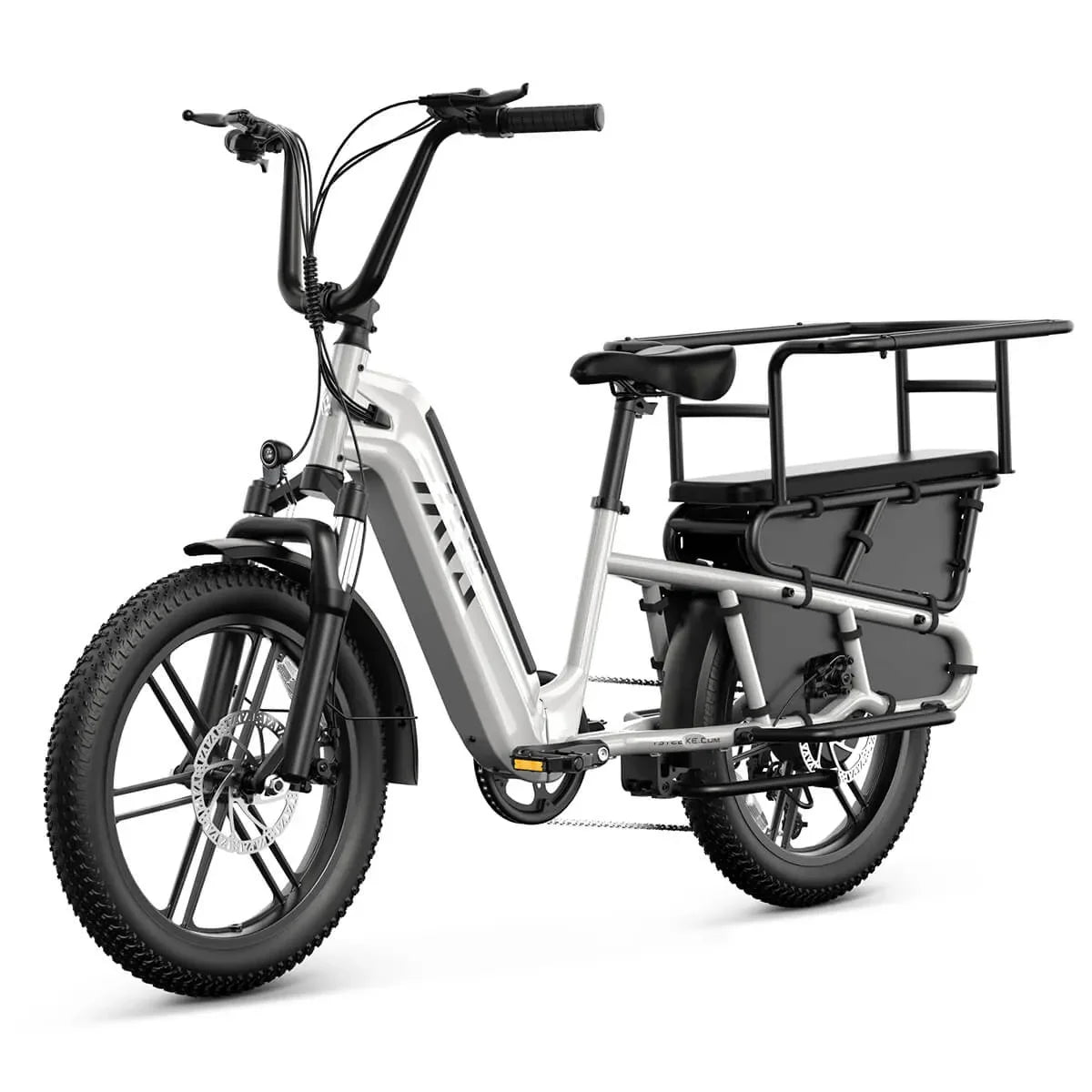
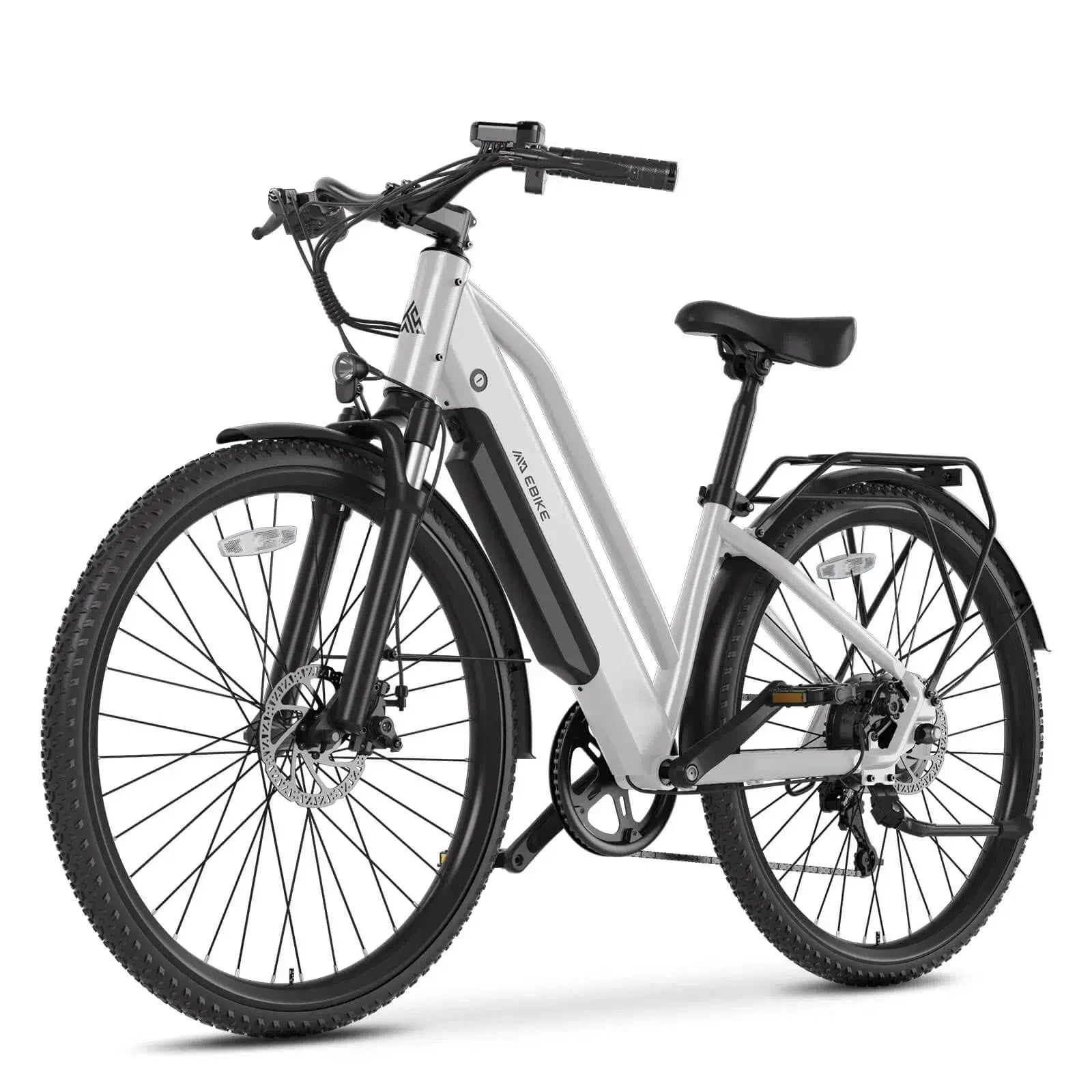
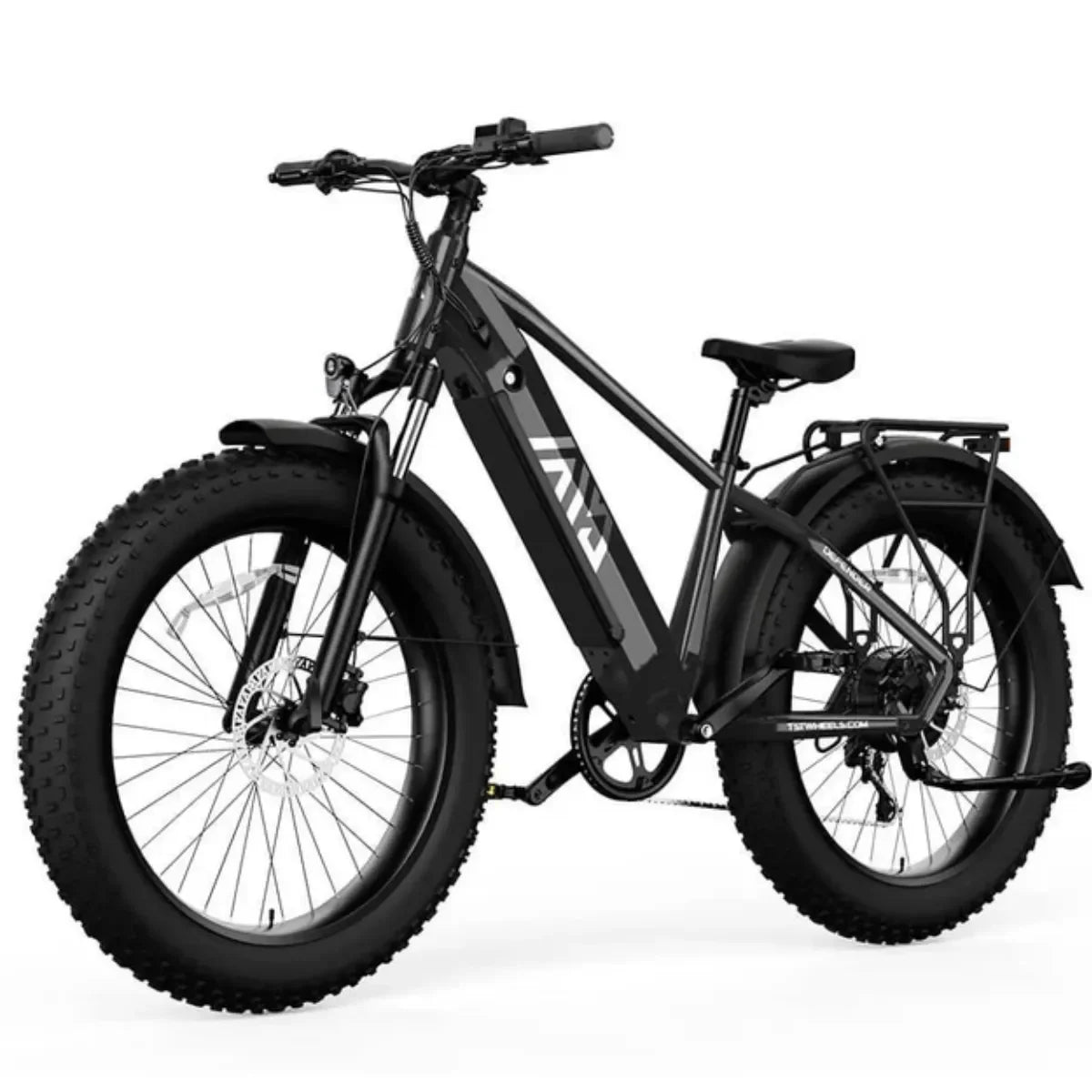
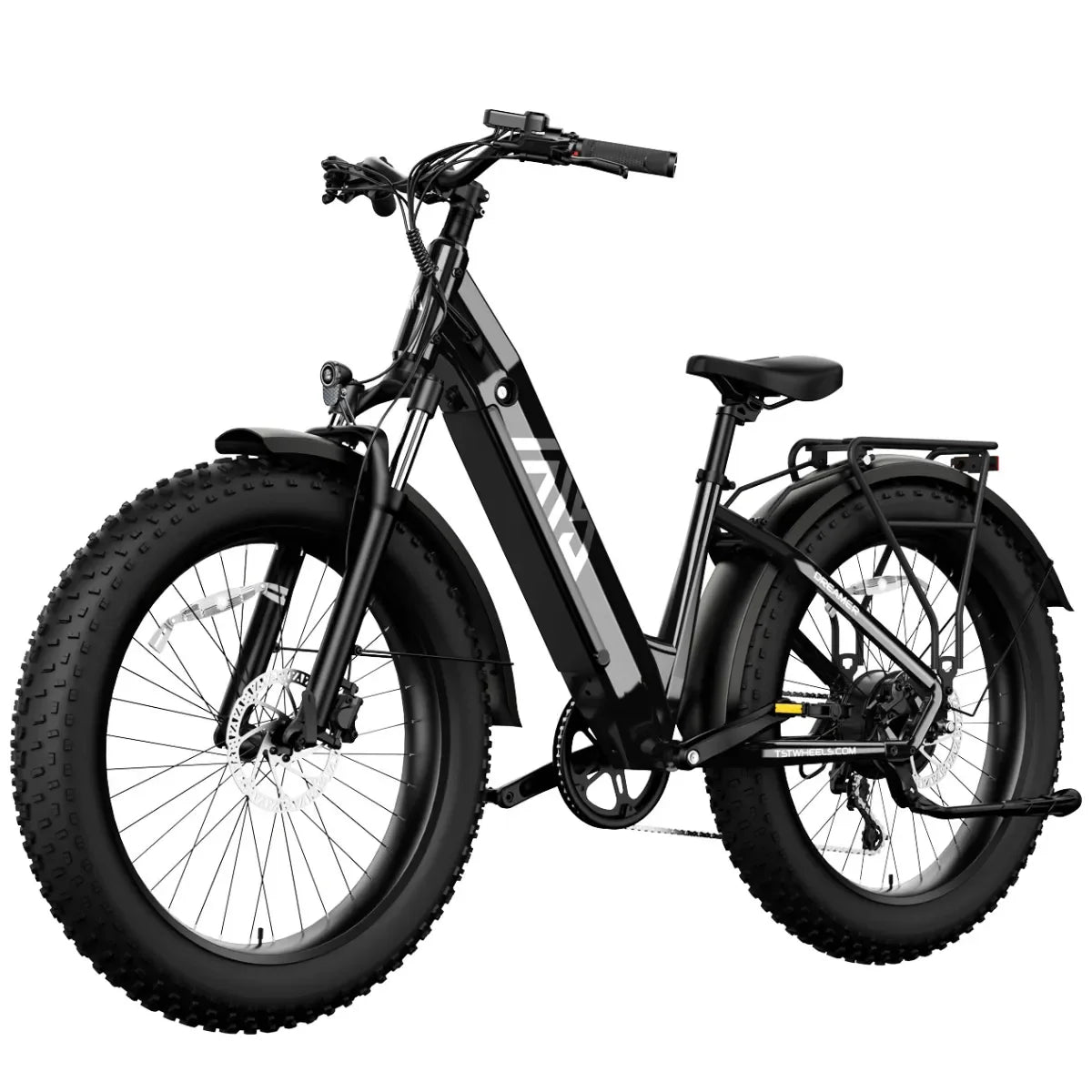
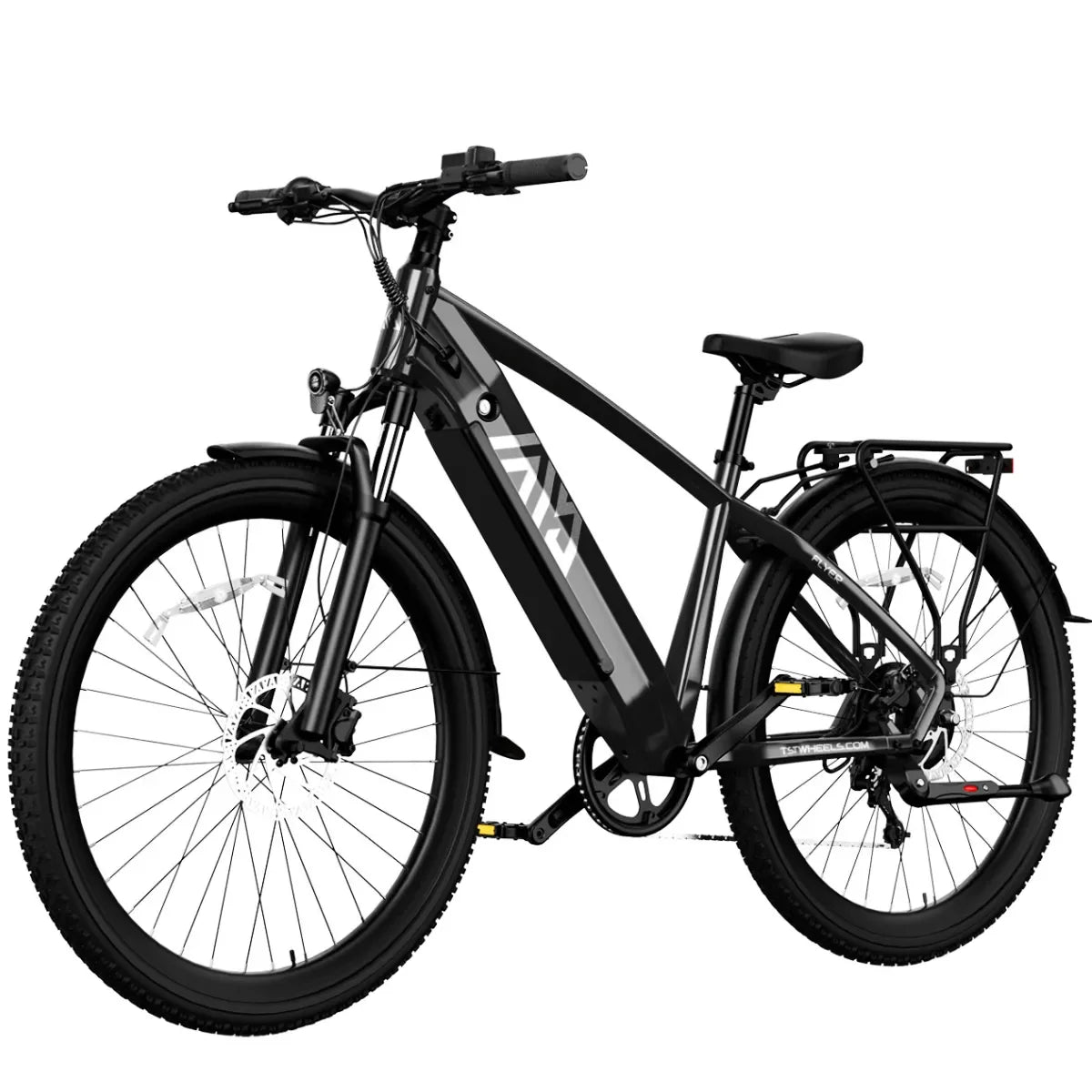
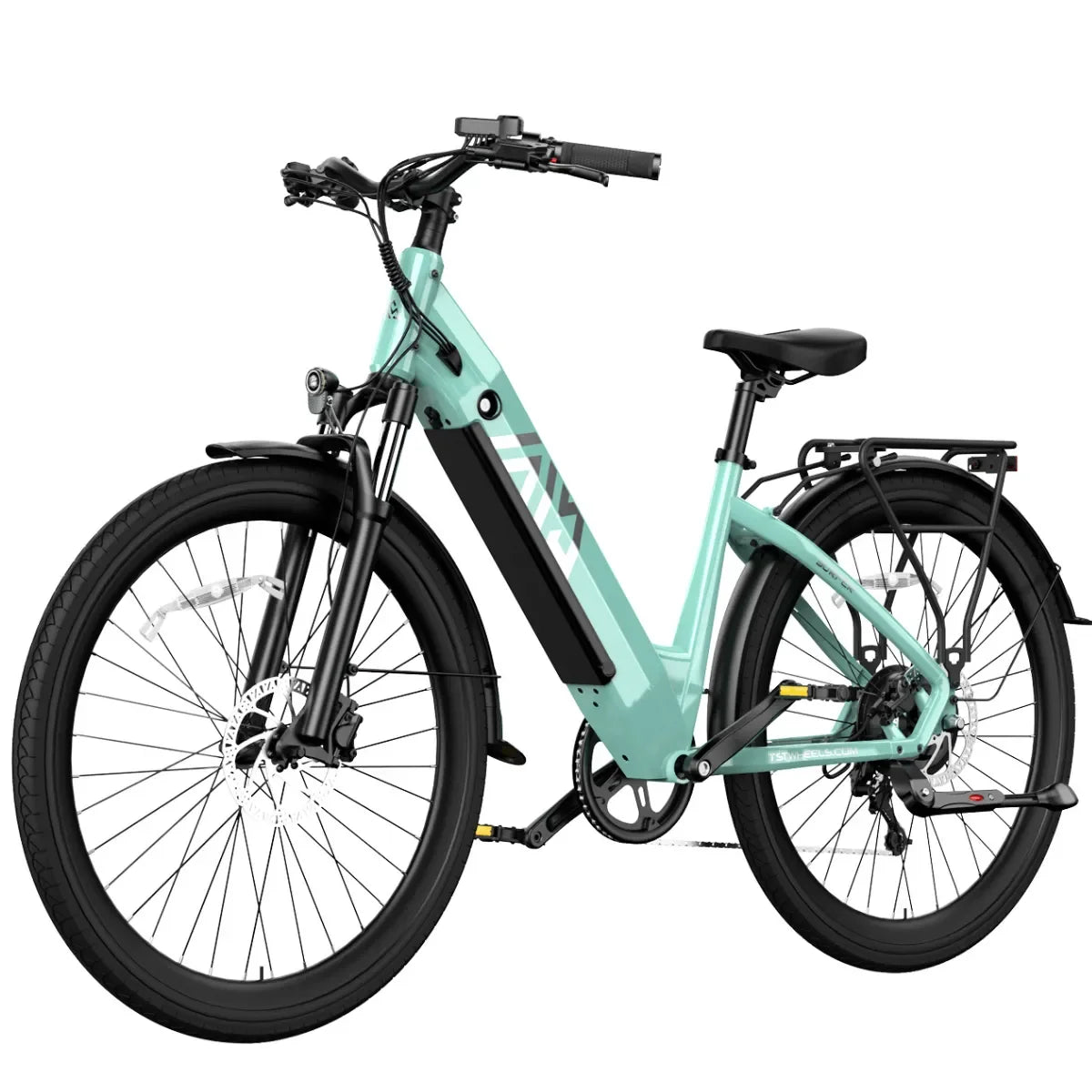
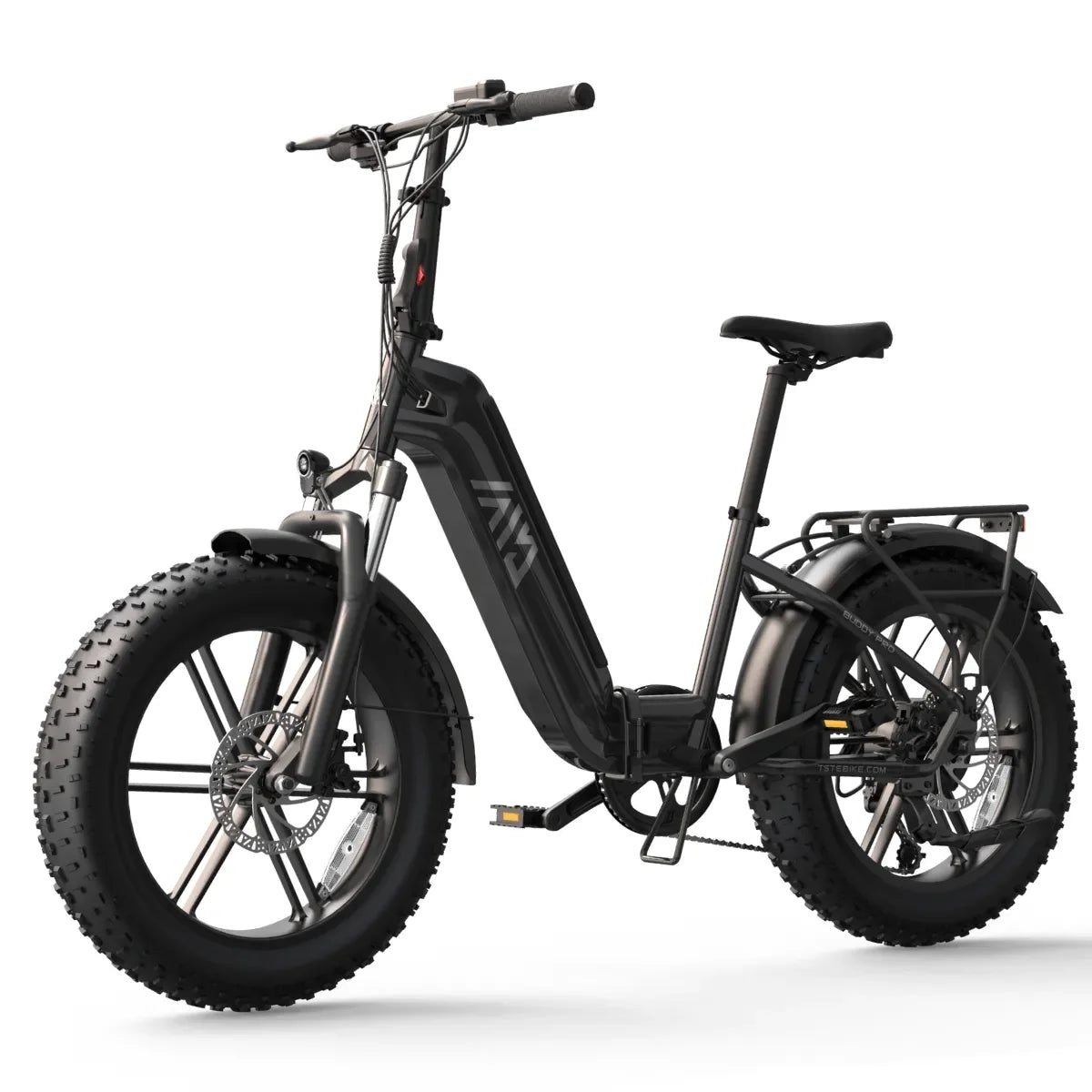
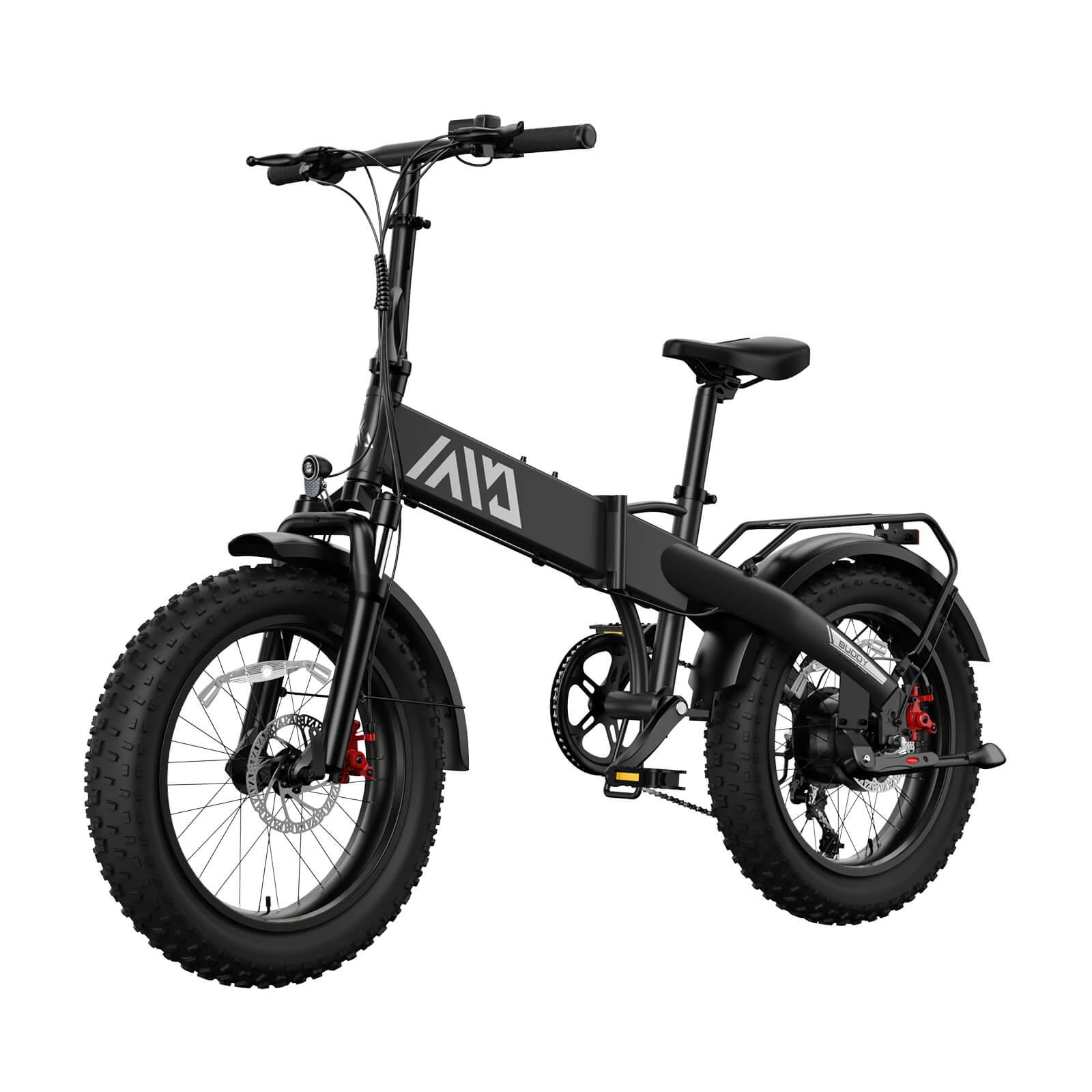
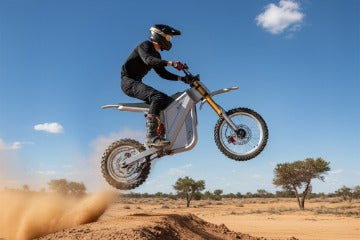
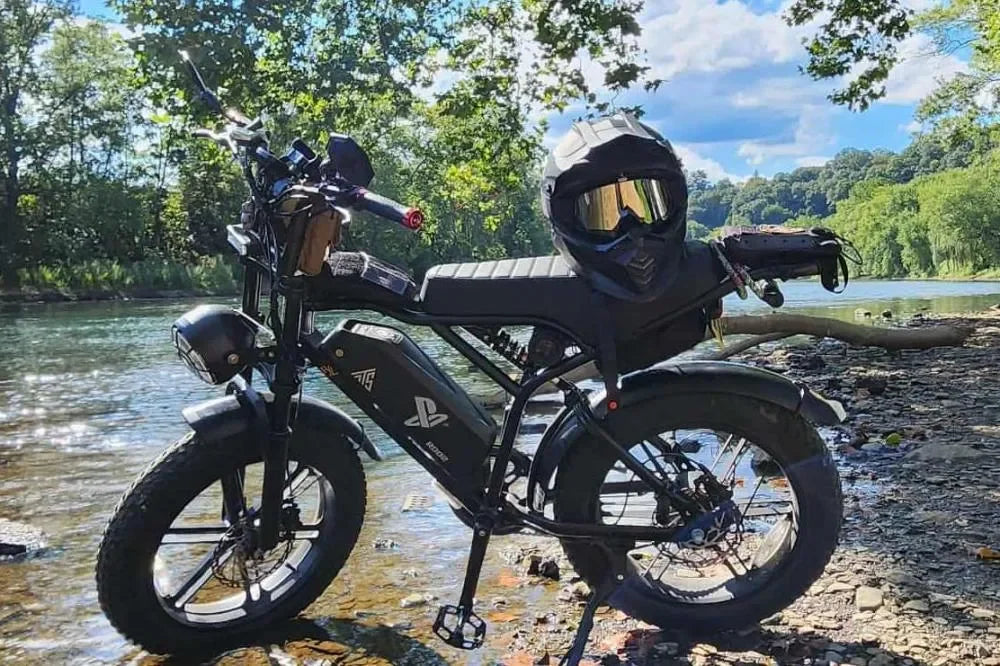
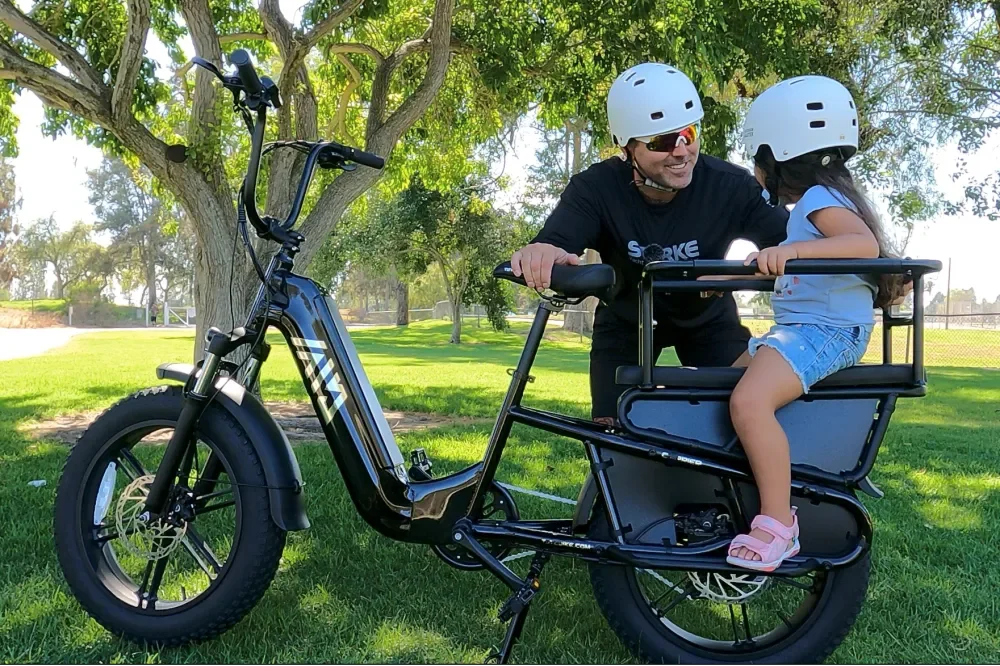
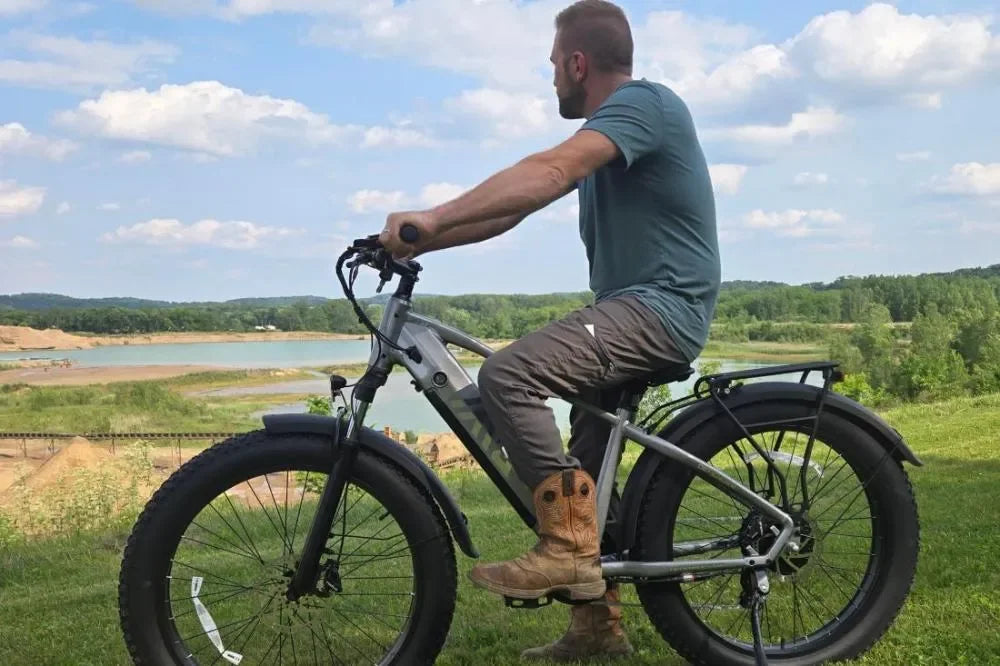
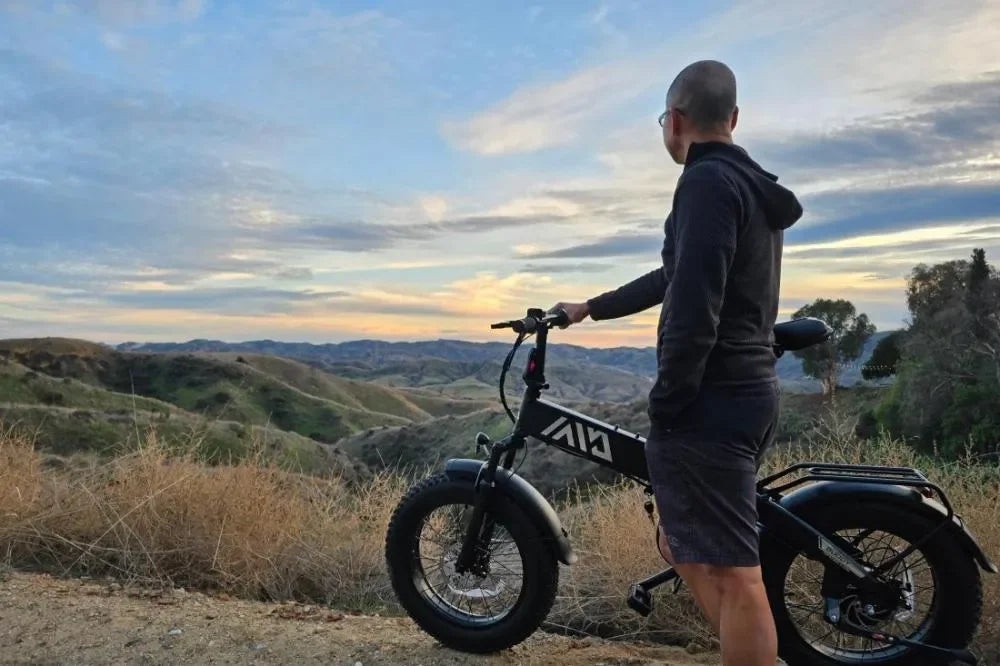
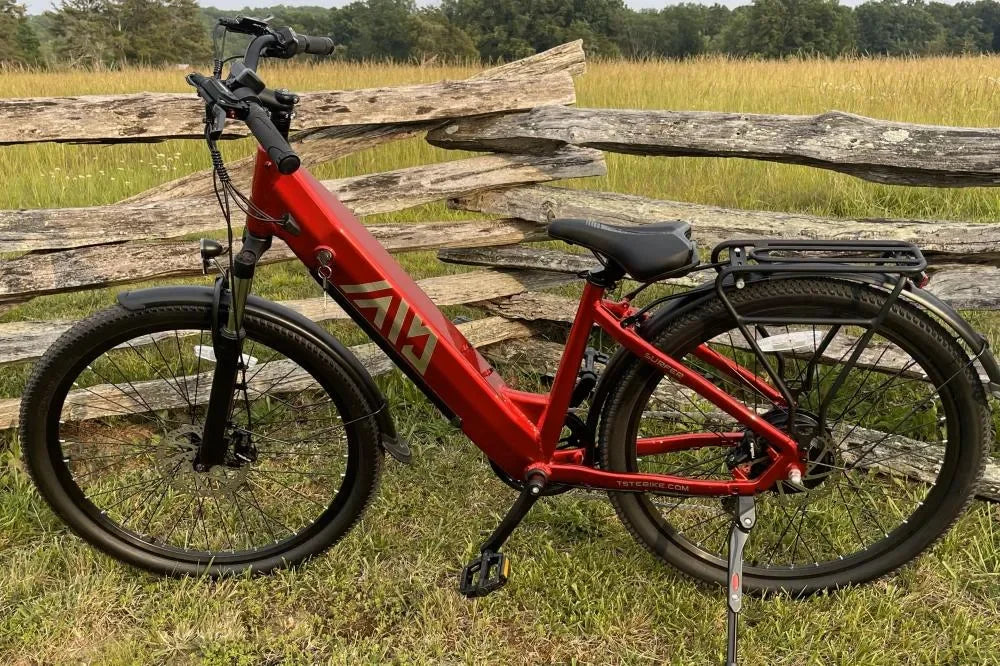
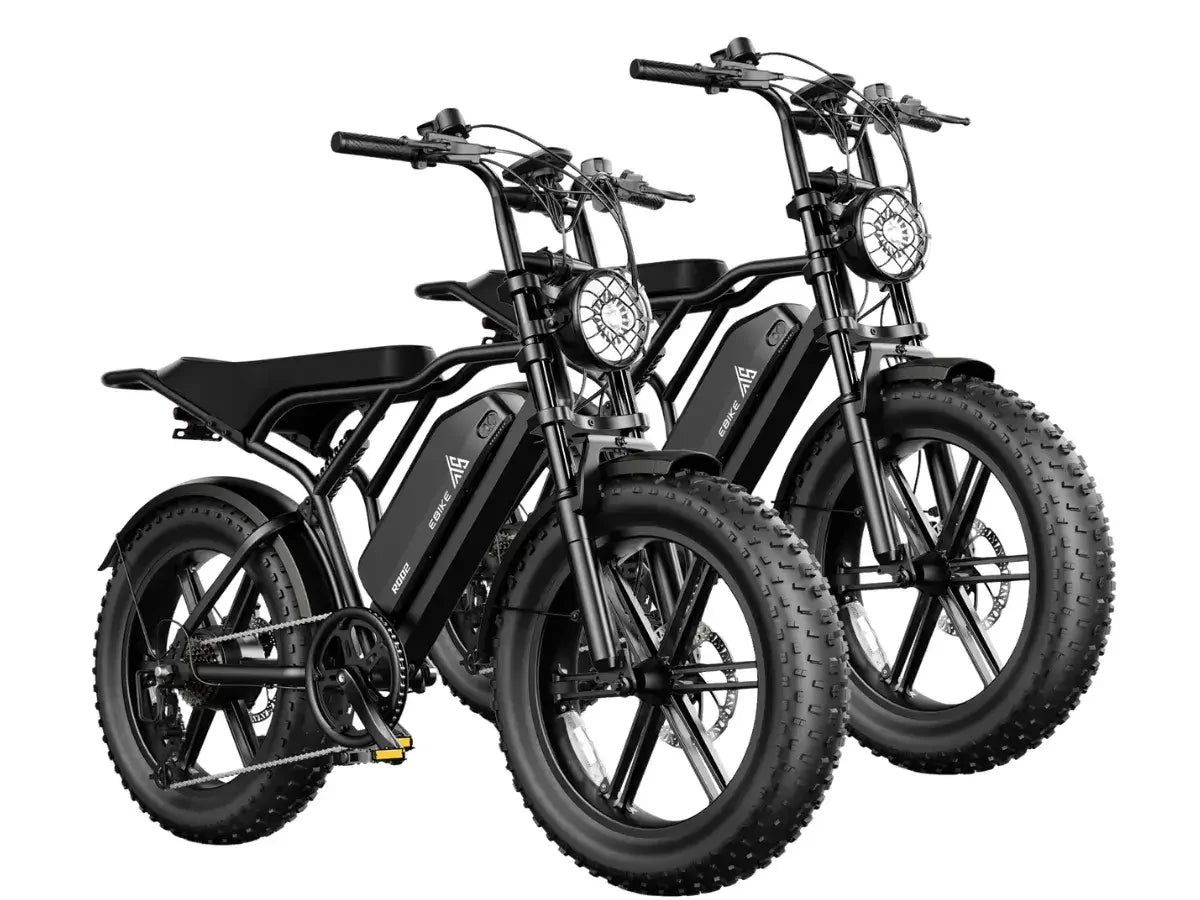
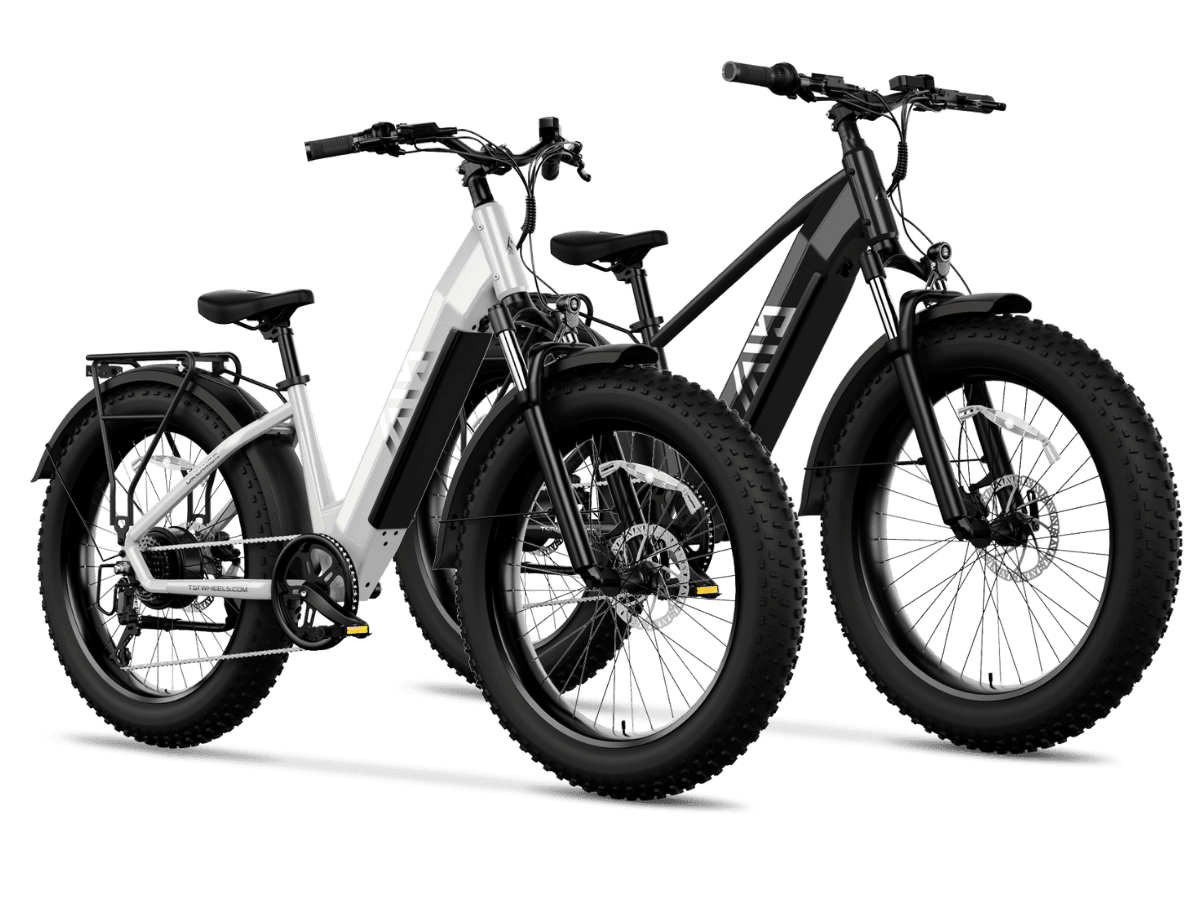
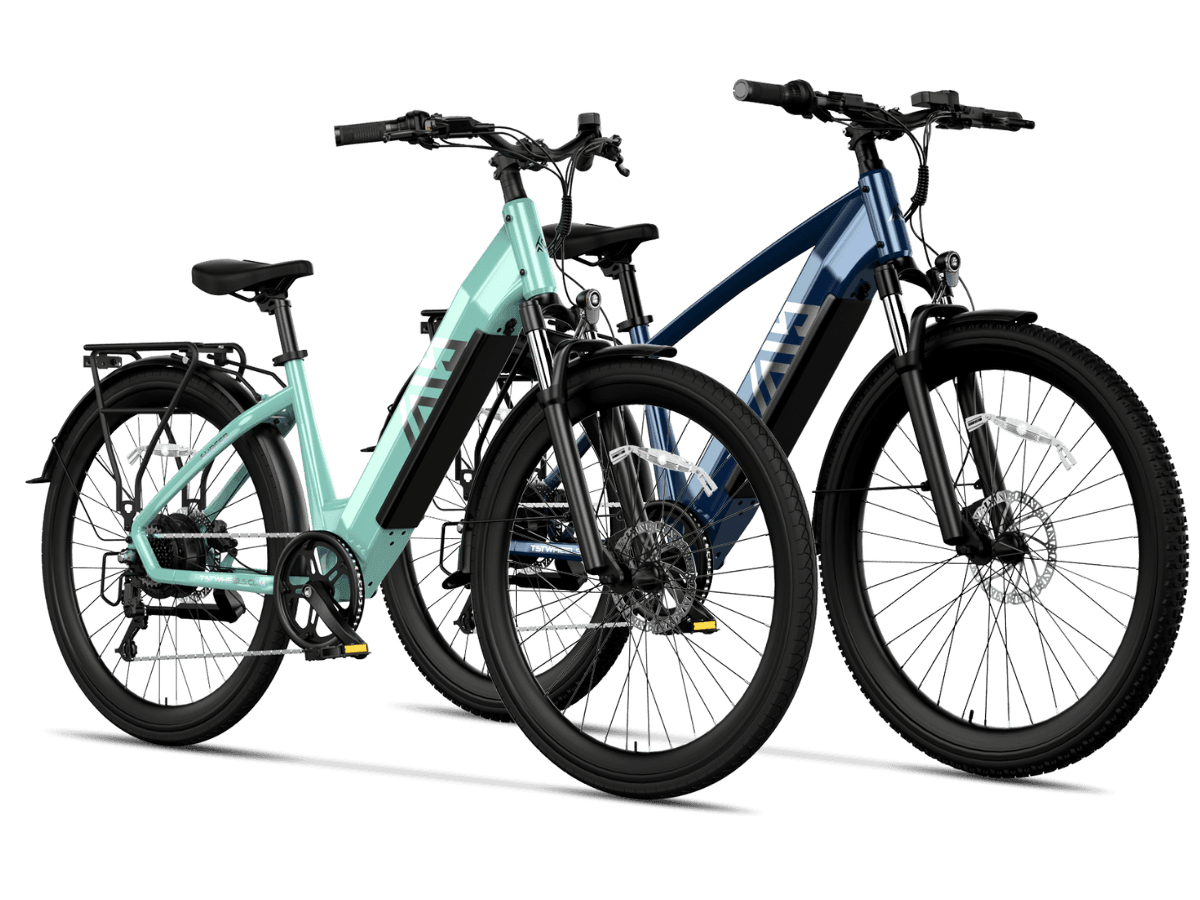
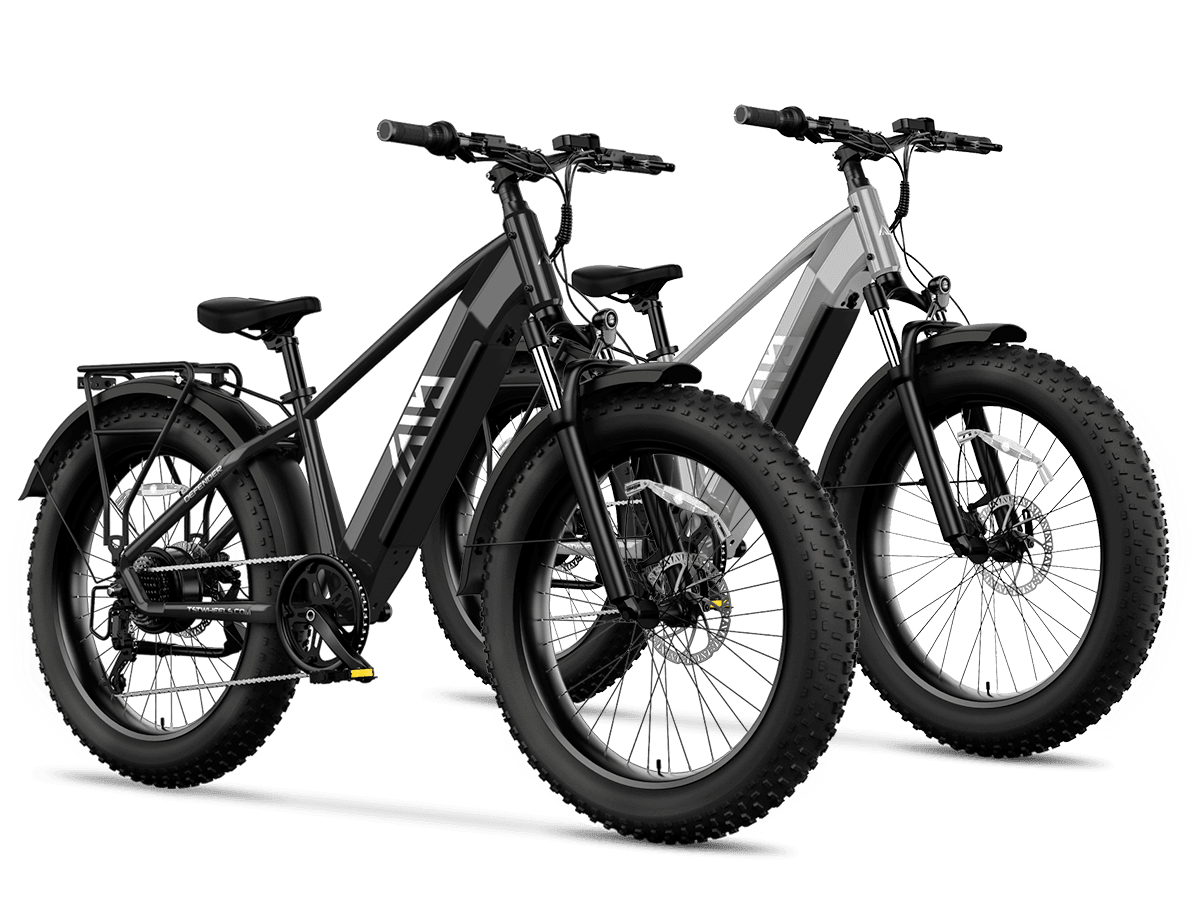
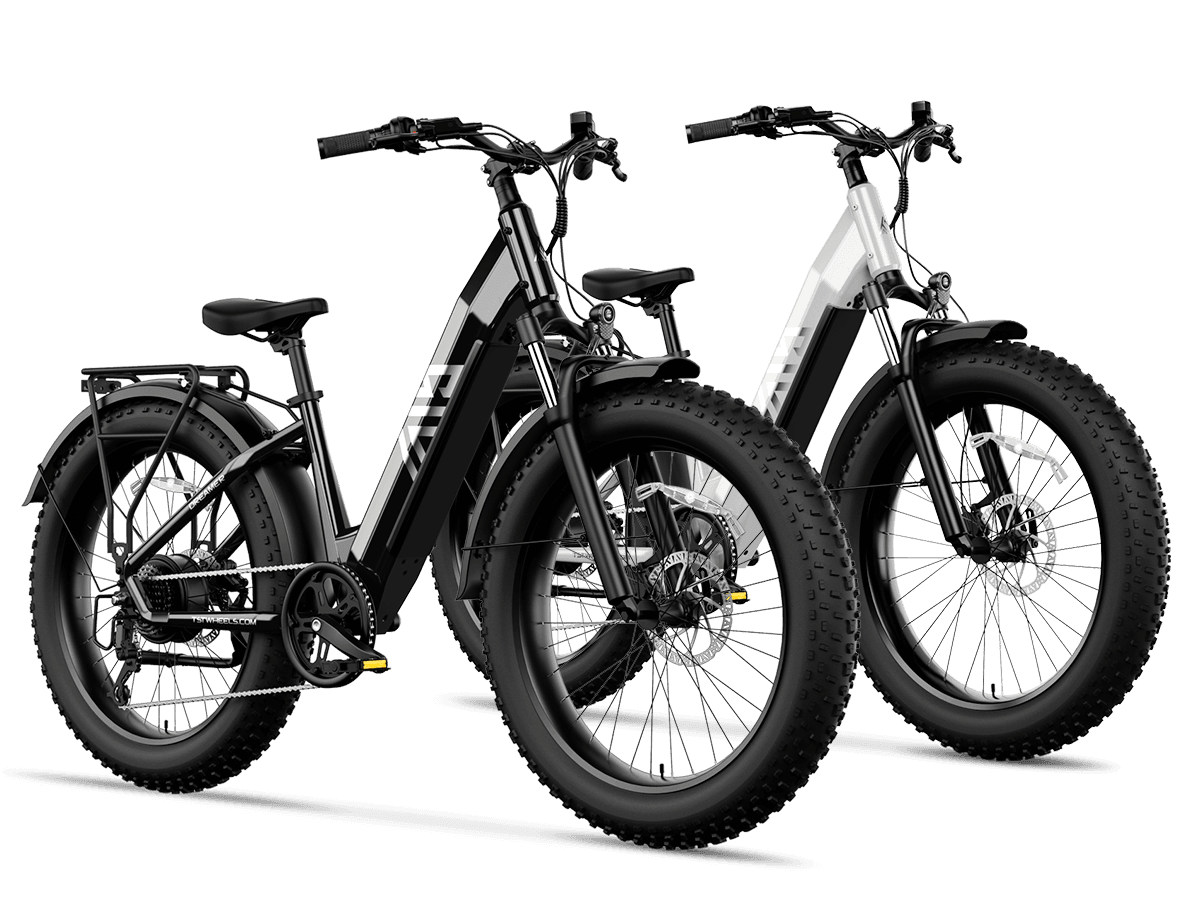
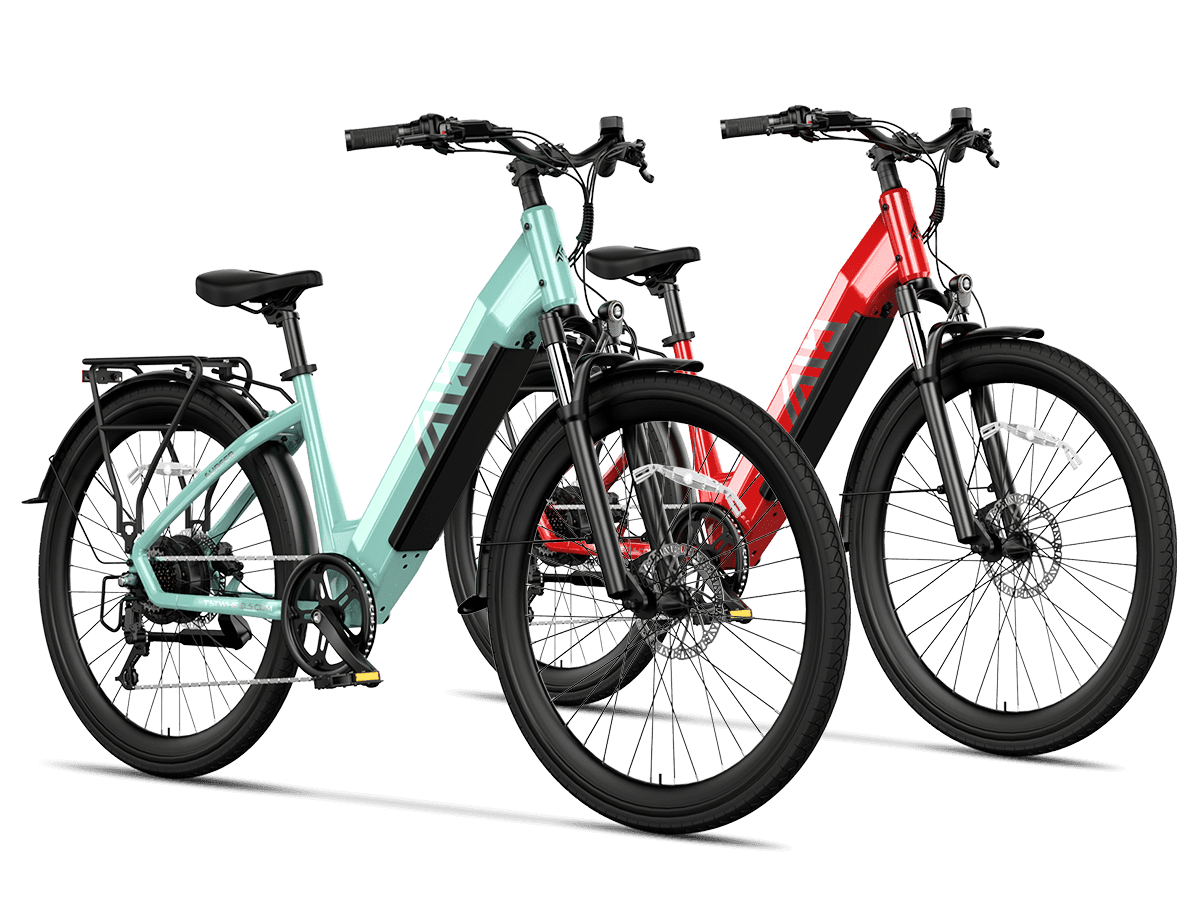
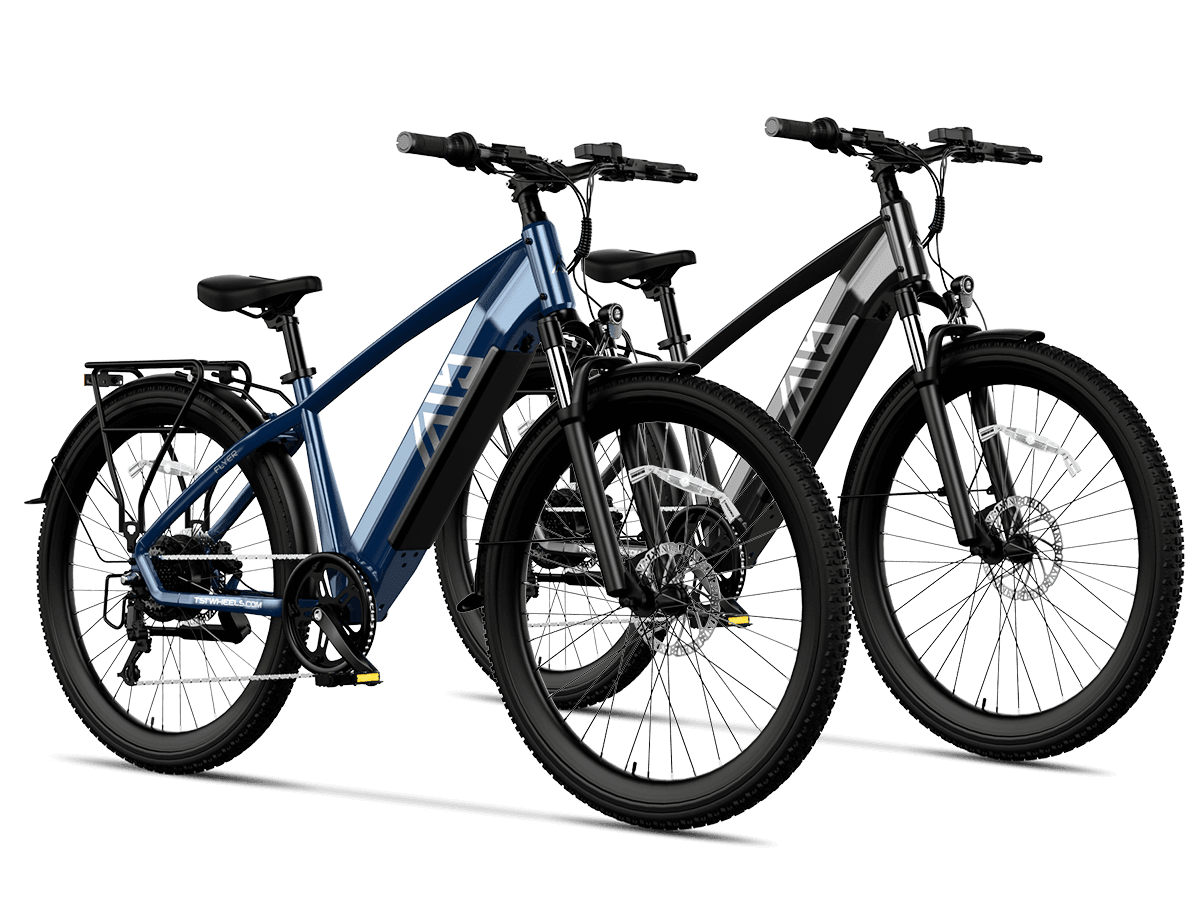
Leave a comment
This site is protected by hCaptcha and the hCaptcha Privacy Policy and Terms of Service apply.